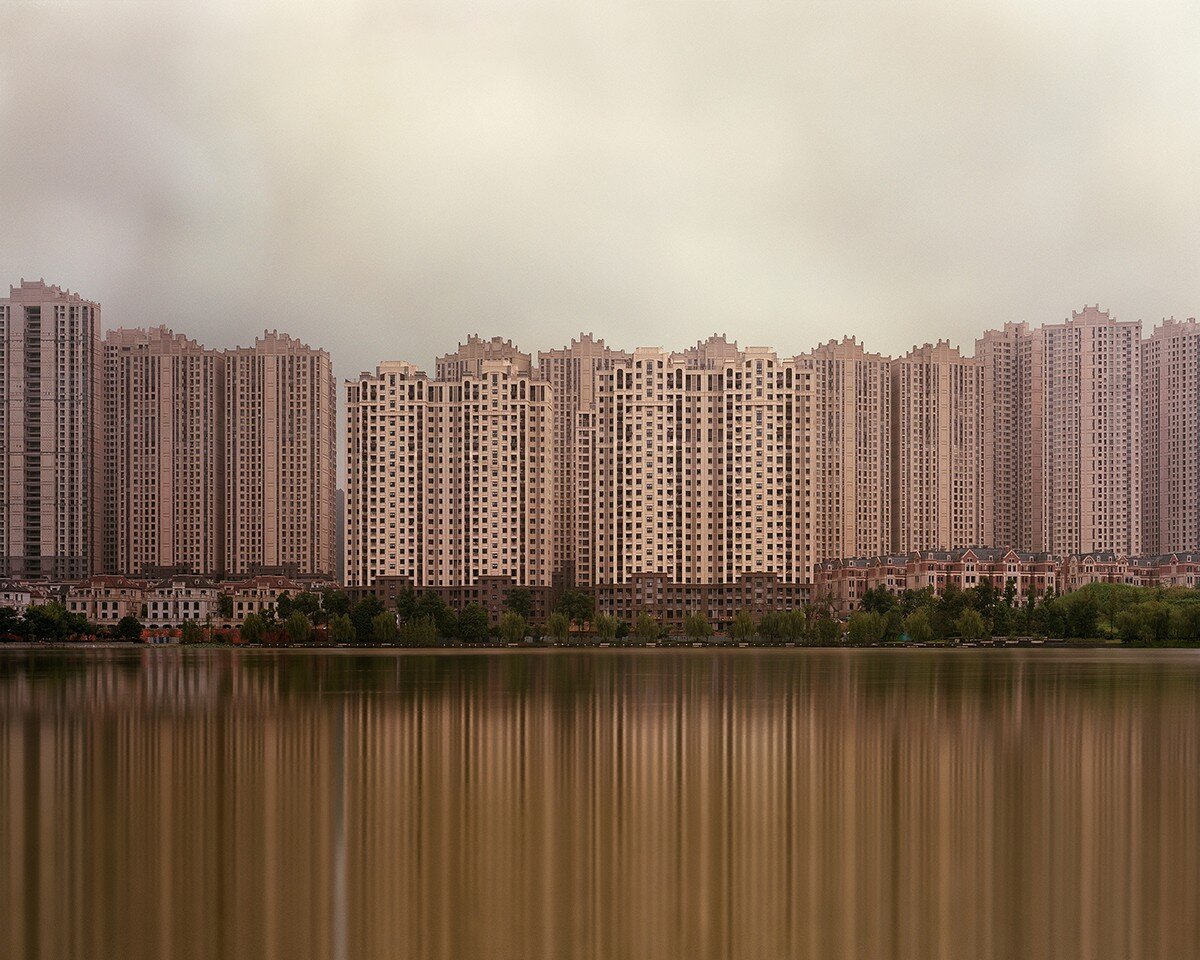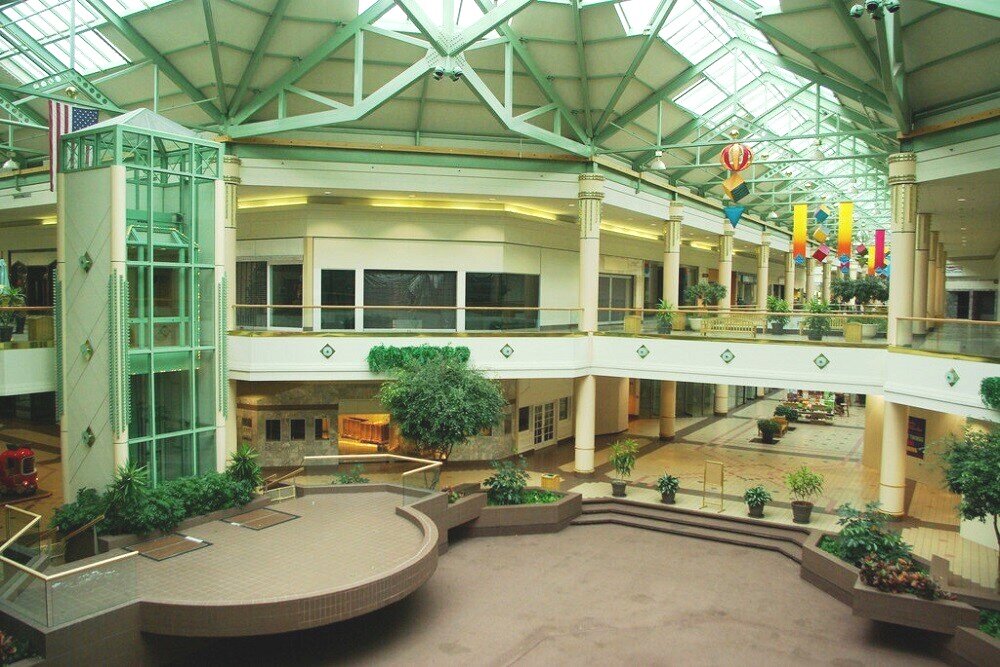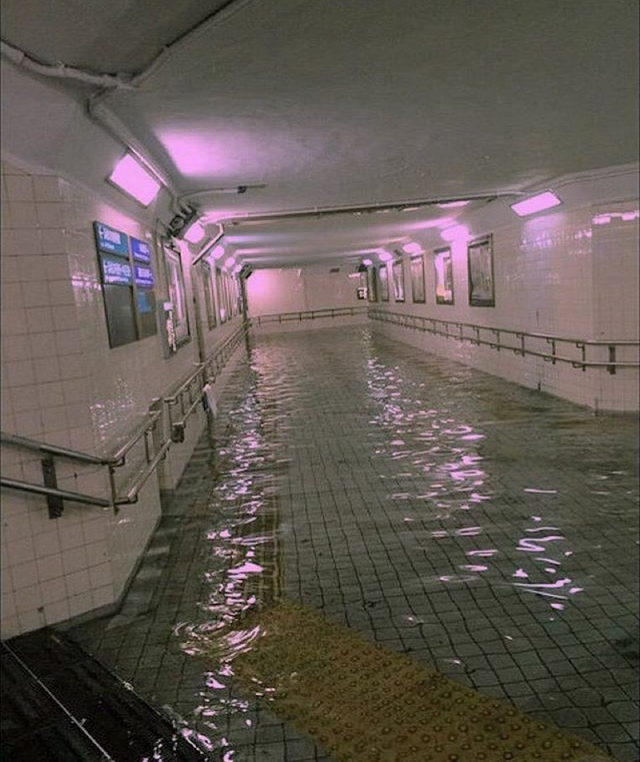GHOST CITIES - LOST BETWEEN VACANCY AND UTOPIA

Ghost Cities encourage us to ask more questions as opposed to arriving at conclusions: “Who built this city?” and “Why has no one occupied it in so long?”
This article is part of the on-going series “RAMCPU for sabukaru”. Examining the intersection of art, information and aesthetics, RAMCPU shares his uniquely critical perspective on contemporary art and media to shape the discourse between various discipline and schools of thought.
Typically, "Ghost Cities” are those cities that have either never been occupied or have become abandoned. This term has little to do with being haunted by "ghosts" in the paranormal sense. Instead, these cities are "haunted" by their past or lack of purpose. In the city's “Ghostly” state, the once symbiotic relationship with human life is lost, giving these cities a strange sense of autonomy. This auratic independence helps these urban structures develop a relationship with nature on their own terms, finally isolated from man's desire to subdue.
Image by Kai Caemmerer
When we think of cities, we often think of a buzzing metropolis, streets with entrepreneurs and merchants trying to make their mark on the world. Perhaps, we think of all the individuals in street traffic or the subway making their way to the office. Regardless of what city you’re from, we don’t often imagine cities without the people who power them. Nevertheless, worldwide, we can bare-witness to this bizarre and eerie phenomenon: whole cities and towns without people.
Perhaps, Ghostly cities are important because they allow us to see cities as they are: Artificial structures forged by the hands of humankind. They are not organic, and in the winding arc of time, these cities are evanescent. And even though governments create policies to build and occupy cities, the cities usually remain empty for various natural and artificial reasons, ranging from natural disasters to preemptive city planning. Ghost cities help bring attention to economic challenges, a lack of foresight in urban planning, and the beauty of the abandoned.
Perhaps the most notable of Ghost Cities are in China. China is well known for being a global leader in technology, production, and manufacturing. However, China is also a world leader in scaling urban development. China is so efficient in developing infrastructure that they have several relatively new cities with little or no inhabitants. Take Ordos, for example, previously known infamously for its massive empty city-scape, unsold apartments, and vacant malls.
More Ghost locations are scattered around the globe. Take Japan’s Hashima Island, once the most densely populated place in the world; the battleship-shaped island was instrumental in powering Japan’s economy during the 1950s. Bare witness to the haunted Santa Claus, Arizona: a failed, holiday-themed ghost town in the middle of the desert.
These Ghost locations around the world help remind us of the variety of calamities and failed economies that can contribute to the hollow concrete remnants of industrialization. However, these haunting images are not only inspiration for the average "abandoned architecture" photographer or the ambitious off-the-beaten-path traveler; these images are also a portal to creating real-world solutions to better utilize resources in urban sustainability.
Take Arcology, for example, a field of architecture focused on designing structures for low ecological impact while maintaining life for high-density populations. Designs pioneered by the likes of architect Paolo Soleri, creator of self-sustainable "experimental town" Arcosanti, or even Jacque Fresco of the Venus Project reveal that as people move out of cities, great inventors are thinking of ways to make better cities that will stand the test of time.
The Venus Project by Jacque Fresco
Arcosanti by Paolo Soleri (Image by Imran Mansuri)
As we see failed cities, perhaps we may think of a way to make a better one. Imagining cities independent of volatile global markets and violent natural forces is key to humanity's productive future. However, not all Arcologies need to be as futuristic as Fresco’s Venus Project. Even the Begich Towers in Whittier Alaska (Also known as the “Town Under One Roof”) is a small-scale Arcology project. It holds the entire city population and all the community's necessities under one roof.
We should also note how “Arcadism” (the intersectional study of various online subculture movements and aesthetics) is, once again, brought to the forefront: Subjects like Abandoned Photography, Liminal Spaces, Hauntology, and even Vaporwave all have a deep relationship with Ghost Cities; the common theme between these online subjects is space, vacancy, and inter-dimensional time travel.
Ghost Cities are the super architectural structure, the temple, the church, the vacant and haunted mecca, the ever-still, ghostly-monolithic point of desired loneliness, the inspiration for robust and futuristic infrastructure. Designed for a future that is finally in harmony with nature, humanity, and time…
Image by Marion Moissinac
About the author:
RAMCPU is a writer, philosopher, and creator of the media theory known as Arcadism. RAM writes about media, art, arcades. and internet subcultures.
His weekly newsletter is entitled "Arcade Press".








